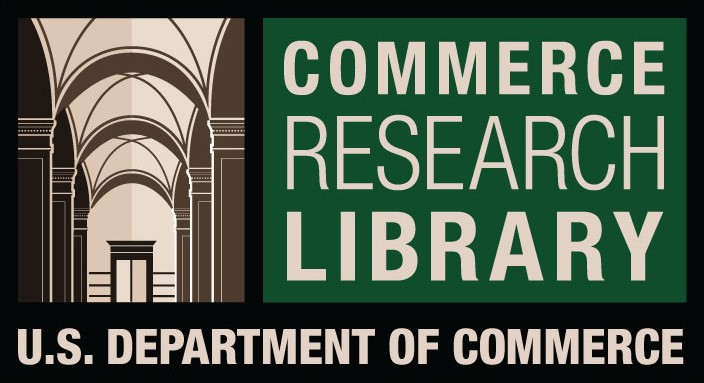RURAL CUSTOMERS OPINION ABOUT THE USE OF ELETRONIC BANKING SERVICES WITH SPECIAL REFERENCE TO NAGAPATTINAM DISTRICT- AN EMPIRICAL STUDY
DOI:
https://doi.org/10.61841/dvsm6910Keywords:
E-banking services, Customer opinion, Public sector banks, Rural CustomersAbstract
The primary objective of this study was to assess the rural customers’ opinion about use of E-banking services. E-banking has been penetrated in the rural area as well and with the advanced availability of infrastructure the services have been spread to the geography. But still owing to non-internet connectivity or poor internet connectivity, though bankers are ready to provide the e-services it cannot be availed. Therefore, the descriptive research method was used. To assess the opinion of rural customers both qualitative and quantitative data were collected and used. Both primary and secondary data were collected from sample banks and customers. The multistage random sampling technique was used to select the sample banks and sample respondents in the study area. The population of the study was treated as unknown due to bank officials are not given the list of customers. Thus, the total of 384 rural customers was determined as sample size of the study by using Cohran sample size determination formula for unknown population. The analysis result reveals that the sample public sector customers have good opinion about to use of e-banking services in many ways i.e., irrespective of banks majority of the educated, salaried and business and profession occupation customers have the knowledge about e-banking services and use more and majority of the sample customers have stated that the computer self efficacy, cost charged by banks, role of safety, 24 hours service, role of privacy, role of bank officials and neighbours and friends have influenced lot to use of e-banking services than social influence and advertisement. On the other side, majority of the customers have stated that security is the biggest question while using e-banking services.
Downloads
References
1. Kulkarni, R. V., &Desai, B. L. (2004). Knowledge-based Systems in Banking Sector (1st ed.), New Delhi, India: New Century Publications.
2. Gupta, D., & Gupta, R. (2013).Modern Banking in India. New Delhi, India: Asian Books Pvt. Ltd.
3. Murli, S., & Subbakrishna, K. (2012).Bank Credit Management (2nd ed.). New Delhi, India: Himalaya Publishing House Pvt. Ltd.
4. Arayesh, M. B. (2015). Investigating the Relationship between Technical and Legal Factors with Tendency of Villagers to Use E-Banking Services (Case Study: Agricultural Bank Branches in Ilam). Procedia - Social and Behavioral Sciences, 205(May), 529–535.
5. Baptista, G., & Oliveira, T. (2015). Understanding mobile banking: The unified theory of acceptance and use of technology combined with cultural moderators. Computers in Human Behavior, 50.
6. Mukhtar,M (2015). Opinions of UK Based Customer toward Internet Banking in the United Kingdom. Journal of Internet Banking and Commerce, 20(1) :1-4.
7. Baptista, G., & Oliveira, T. (2016). A weight and a meta-analysis on mobile banking acceptance. Computers in Human Behavior, 64, 480–489.
8. Ahmed, E.M & Phin, G.S (2016). Customer Opinion towards Internet Banking in an Emerging Economy like Malaysia, Journal of Internet Banking and Commerce,18(3) :2
9. Akhisar, İ., Tunay, K. B., & Tunay, N. (2015). The Effects of Innovations on Bank Performance: TheCase of Electronic Banking Services. Procedia - Social and Behavioral Sciences, 195, 369–375.
10. Buil, I., Catalán, S., & Martínez, E. (2015). The importance of corporate brand identity in business management: An application to the UK banking sector. Cuadernos de Economía Y Dirección de La Empresa, 19(1), 1–10.
11. Dhananjay B and Suresh Chandra B (2015), “The Electronic Banking Revolution in India”, Journal of Internet Banking and Commerce”, ISSN: 1204-5357.
Downloads
Published
Issue
Section
License

This work is licensed under a Creative Commons Attribution 4.0 International License.
You are free to:
- Share — copy and redistribute the material in any medium or format for any purpose, even commercially.
- Adapt — remix, transform, and build upon the material for any purpose, even commercially.
- The licensor cannot revoke these freedoms as long as you follow the license terms.
Under the following terms:
- Attribution — You must give appropriate credit , provide a link to the license, and indicate if changes were made . You may do so in any reasonable manner, but not in any way that suggests the licensor endorses you or your use.
- No additional restrictions — You may not apply legal terms or technological measures that legally restrict others from doing anything the license permits.
Notices:
You do not have to comply with the license for elements of the material in the public domain or where your use is permitted by an applicable exception or limitation .
No warranties are given. The license may not give you all of the permissions necessary for your intended use. For example, other rights such as publicity, privacy, or moral rights may limit how you use the material.









